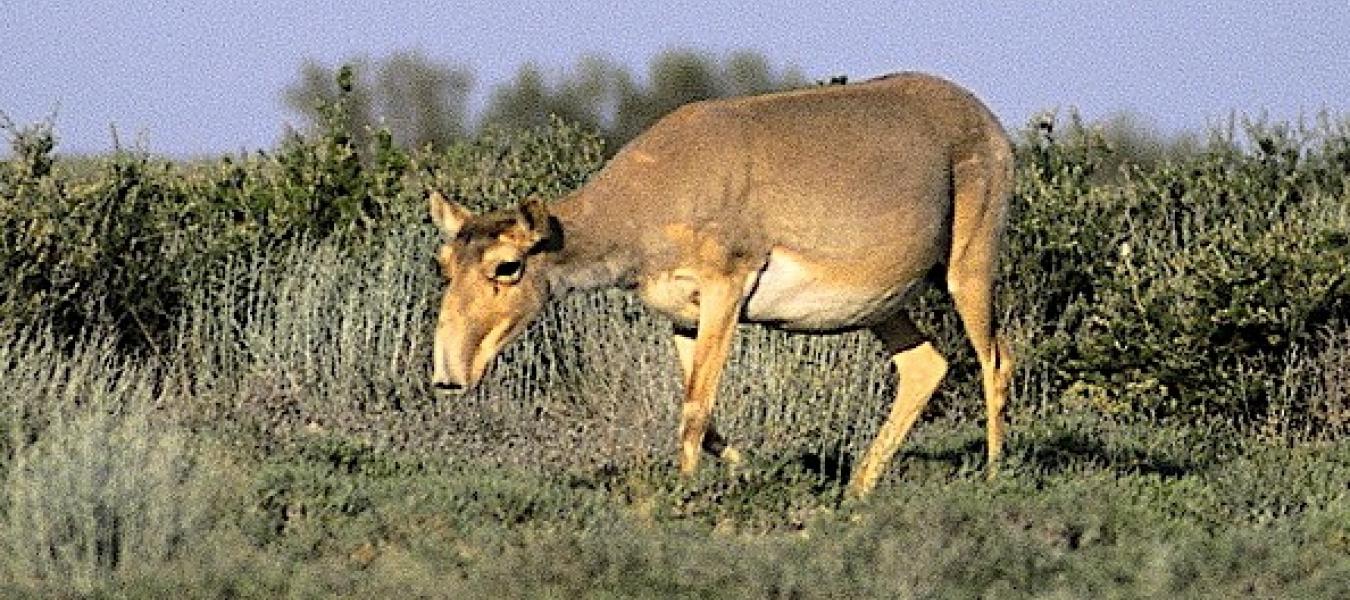The 'Big Spenders' of the Steppe: Sex-Specific Maternal Allocation and Twinning in the Saiga Antelope

In polygynous mammals, males generally benefit more from extra allocation of maternal resources than females. However, limitations to sex-specific allocation are usually ignored. We propose the 'allocation constraint' hypothesis, whereby maternal resource allocation is more likely to follow life-history predictions in single sex litters than in mixed sex litters, due to limitations in prenatal resource targeting. Consequently, for polygynous species, males in mixed litters are likely to receive suboptimal maternal investment, which may have a negative effect on lifetime reproductive success.
We test this hypothesis for the saiga antelope (Saiga tatarica), a highly polygynous species with the highest level of maternal allocation reported among ungulates. At such high reproductive output levels, the limitations on additional investment in males are likely to be particularly acute. However, we demonstrate high levels of sexual dimorphism in both late-stage foetuses and newborn calves, including within the same litter. Male twins with a brother tended to be heavier than those with a sister. This may be due to allocation constraints or differences in maternal quality. We conclude that an explicit focus on potential constraints can enhance the progress in the field of sex-specific maternal allocation in polytocous species.
